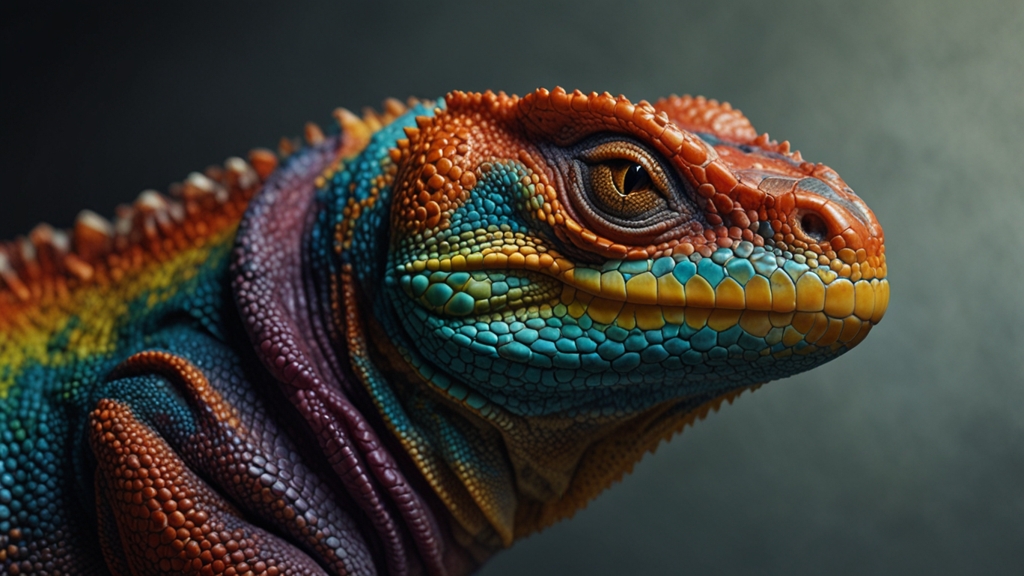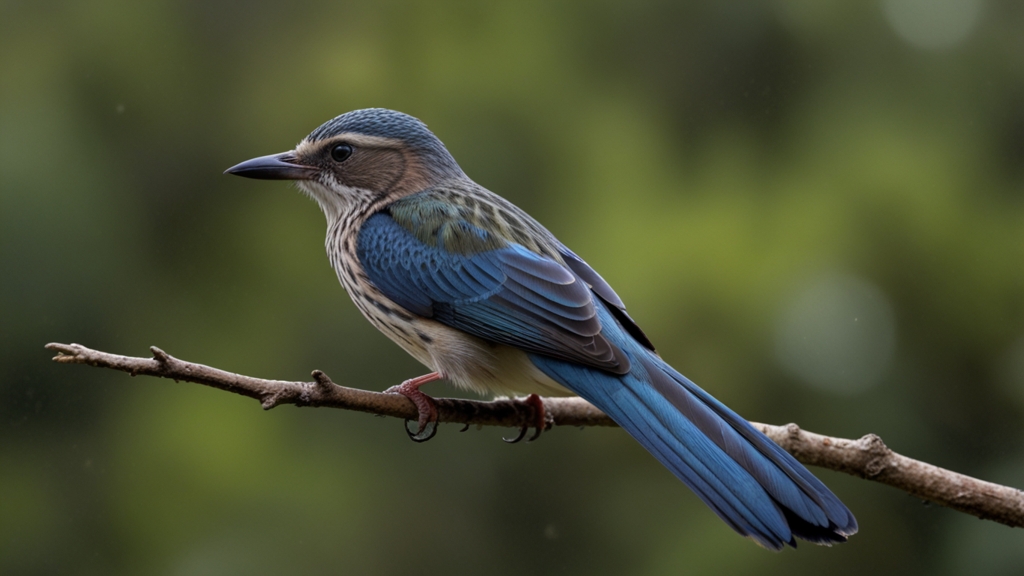Captivating Colors: Exploring the Aesthetic Appeal of Reptiles
Reptiles have long been creatures of fascination, not just because of their evolutionary history and ecological significance but also due to their striking visual appeal. From the vibrant greens of the chameleon to the iridescent scales of the rainbow boa, the myriad colors displayed by these creatures captivate both scientists and hobbyists alike. This article delves into the captivating colors of reptiles and examines the role these hues play in their survival and allure.
The Spectrum of Scales
Reptiles, encompassing snakes, lizards, turtles, and crocodiles, exhibit a spectacular range of colors and patterns. These hues arise from the presence of specialized cells known as chromatophores, which contain pigments and reflect light in various ways. The primary types of chromatophores include melanophores, containing black and brown pigments; xanthophores, containing yellow pigments; and iridophores, which reflect light to generate iridescent effects.
"Chromatophores are a window to the wonders of nature. The color palette they produce not only dazzles the eye but also serves functional purposes from camouflage to mating displays."
Camouflage and Concealment
One significant role of coloration in reptiles is camouflage, aiding them in blending seamlessly into their surroundings to evade predators or ambush prey. For instance, the cryptic coloration of the leaf-tailed gecko makes it almost indistinguishable from the foliage it inhabits, providing an excellent defense mechanism.
The phenomenon of mimicry, where reptiles adopt the appearance of other animals or objects, is another fascinating aspect. The eastern coral snake’s vivid red, yellow, and black bands are mimicked by the non-venomous scarlet king snake, deterring potential predators through a visual illusion.
Aesthetic Evolution
Aesthetic appeal in reptiles often plays a crucial role in mate selection. Bright colors and intricate patterns can signal genetic fitness to potential mates, driving the evolutionary process. Male chameleons, known for their dynamic color changes during courtship rituals, use this to their advantage. A luminous display of colors can assert dominance and attract females, signaling a robust and healthy genetic makeup.
Skin Deep
Beneath the surface, the interplay of light and pigments can create mesmerizing visual effects. The opalescent sheen observed in some species, like the Brazilian rainbow boa, results from microscopic ridges on their scales. This iridescence, akin to the beauty seen in soap bubbles or oil on water, enhances their allure and possibly plays a role in thermoregulation and hydration.
"The iridescent sheen of a rainbow boa under sunlight is a sight to behold. It exemplifies how nature intertwines beauty and function in the most harmonious ways."
The Human Connection
Humans have always been drawn to the vivid and unusual. The dazzling colors and patterns of exotic reptiles have brought them into the realms of fashion, art, and mythology. In many cultures, reptiles symbolize rebirth, transformation, and other profound concepts. Their aesthetic appeal transcends the mere visual, resonating on psychological and cultural levels.
Reptile enthusiasts often seek out species with unique colorations for their collections, contributing to a thriving community of hobbyists and breeders. This demand has led to the intentional breeding of reptiles to enhance certain aesthetic traits, creating hybrids with even more remarkable coloration and patterns.
Conservation and Ethical Perspectives
While the allure of captivating colors brings attention to reptiles, it also underscores the importance of ethical conservation efforts. Many vividly colored species are threatened by habitat loss, climate change, and the pet trade. Conservation initiatives aim to protect these stunning creatures and their habitats, ensuring that future generations can continue to marvel at their beauty.
"Protecting the vibrantly colored reptiles of the world is not merely about preserving their appearance, but about maintaining the delicate balance of ecosystems where every hue plays a role."
Conclusion
The captivating colors of reptiles offer more than visual splendor; they are a testament to the complex interplay of evolution, biology, and environment. These colors serve critical functional roles in camouflage, mate selection, and more, while also enriching human culture and consciousness. As we continue to explore and appreciate these aesthetic wonders, it is imperative to champion conservation efforts, ensuring that these remarkable creatures and their vibrant colors remain a part of our natural world.







